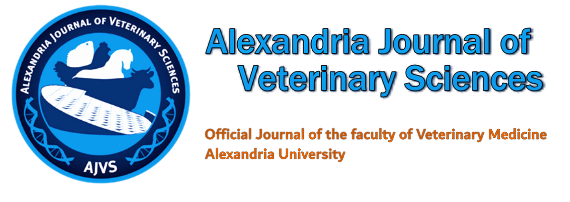
| Original Article Online Published: 25 Feb 2019 | ||||||||||||||||||||||||||||||
AJVS. 2019; 63(2): 121-126 doi: 10.5455/ajvs.24451 Some Biochemical Studies on Natural Plants in Relation to Obesity Doaa Mohamed Abdel-fattah, Hend Nasef Mazen.
| ||||||||||||||||||||||||||||||
| How to Cite this Article |
| Pubmed Style Abdel-fattah DM, Mazen HN. Some Biochemical Studies on Natural Plants in Relation to Obesity. AJVS. 2019; 63(2): 121-126. doi:10.5455/ajvs.24451 Web Style Abdel-fattah DM, Mazen HN. Some Biochemical Studies on Natural Plants in Relation to Obesity. https://www.alexjvs.com/?mno=24451 [Access: May 03, 2025]. doi:10.5455/ajvs.24451 AMA (American Medical Association) Style Abdel-fattah DM, Mazen HN. Some Biochemical Studies on Natural Plants in Relation to Obesity. AJVS. 2019; 63(2): 121-126. doi:10.5455/ajvs.24451 Vancouver/ICMJE Style Abdel-fattah DM, Mazen HN. Some Biochemical Studies on Natural Plants in Relation to Obesity. AJVS. (2019), [cited May 03, 2025]; 63(2): 121-126. doi:10.5455/ajvs.24451 Harvard Style Abdel-fattah, D. M. & Mazen, . H. N. (2019) Some Biochemical Studies on Natural Plants in Relation to Obesity. AJVS, 63 (2), 121-126. doi:10.5455/ajvs.24451 Turabian Style Abdel-fattah, Doaa Mohamed, and Hend Nasef Mazen. 2019. Some Biochemical Studies on Natural Plants in Relation to Obesity. Alexandria Journal of Veterinary Sciences, 63 (2), 121-126. doi:10.5455/ajvs.24451 Chicago Style Abdel-fattah, Doaa Mohamed, and Hend Nasef Mazen. "Some Biochemical Studies on Natural Plants in Relation to Obesity." Alexandria Journal of Veterinary Sciences 63 (2019), 121-126. doi:10.5455/ajvs.24451 MLA (The Modern Language Association) Style Abdel-fattah, Doaa Mohamed, and Hend Nasef Mazen. "Some Biochemical Studies on Natural Plants in Relation to Obesity." Alexandria Journal of Veterinary Sciences 63.2 (2019), 121-126. Print. doi:10.5455/ajvs.24451 APA (American Psychological Association) Style Abdel-fattah, D. M. & Mazen, . H. N. (2019) Some Biochemical Studies on Natural Plants in Relation to Obesity. Alexandria Journal of Veterinary Sciences, 63 (2), 121-126. doi:10.5455/ajvs.24451 |








